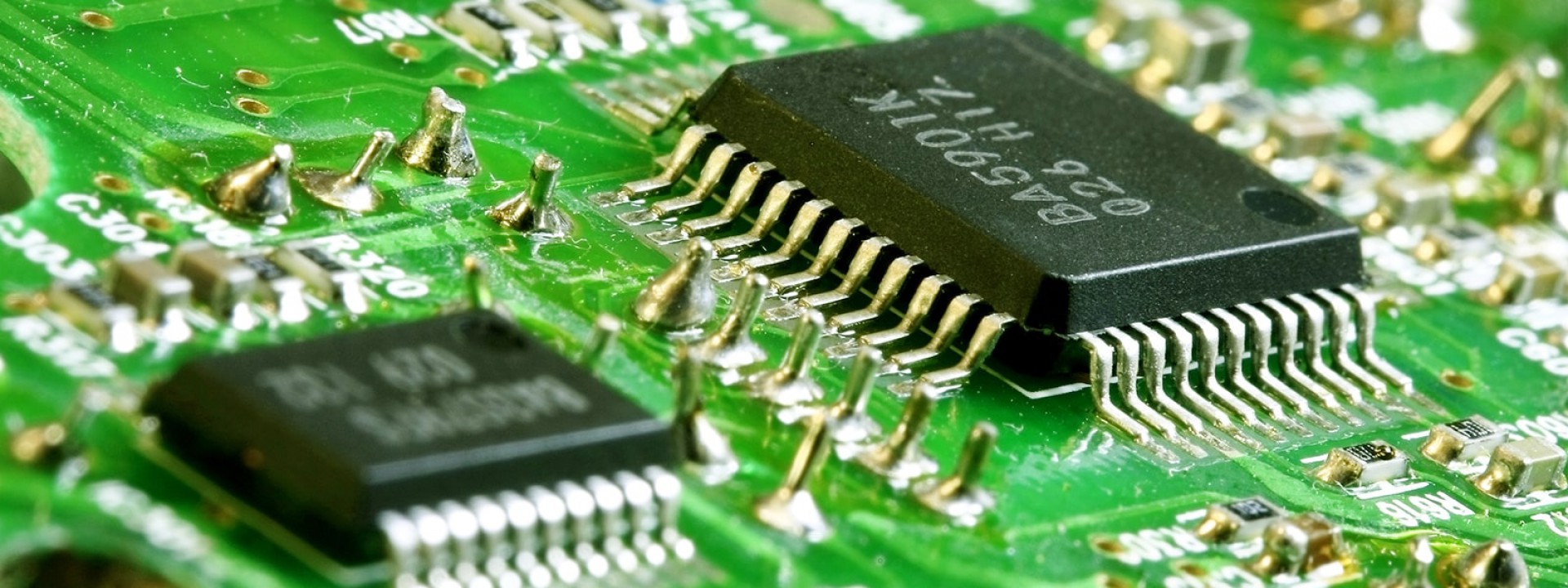News & Events
Japan-based chip equipment maker Ulvac has announced an investment project for a new technology R&D site. The site will be located in South Korea to satisfy client demand.
According to multiple reports from Japanese media, chip equipment makers in both Japan and the US are strengthening their R&D capabilities in chip manufacturing hubs like Taiwan and South Korea. This could be the signal of another shift in the semiconductor sector.
Ulvac's South Korea chip equipment R&D site will be located in Pyeongtaek, Gyeonggi Province. It will be Ulvac's first R&D facility in South Korea, and the investment amount is JPY6 billion (around US$44.8 million). Groundbreaking is expected to be in March 2023 and construction is expected to complete in March 2024. The facility is mainly for the demand of Samsung Electronics.
A report from Nikkei stated that Ulvac previously conducted R&D within the facilities of its South Korean factory. However, insufficient space led to the decision to invest in a dedicated R&D center. Insufficient space was also the reason behind Tokyo Electron (TEL)'s JPY200 billion investment in 2022 to expand its R&D site in Hwaseong, according to reports from Japan's MyNavi.
Tokyo Electron was the first major global chip equipment maker to establish an R&D center in South Korea and it was not the only one. In 2022, ASML (Hwaseong), Lam Research (Yongin), and Applied Materials all invested in an R&D center in response to South Korea's growing chip sector.
In addition, Nikkan Kogyo Shimbun reported that Hitachi High Technologies is also planning to build R&D sites in Japan and South Korea to improve collaboration with local fabs. Hitachi just recently completed the construction of its Oregon, US site in September 2022. The Japan and Korean sites are estimated to be similar to the Oregon site in scale, with a total investment of JPY20 billion (US$148 million).
The chip equipment industry in Japan and the US was established in the 20th century when both were major semiconductor producers. Even when wafer fabs were transferred to other places, the two have maintained their position in the sector. However, with equipment R&D joining manufacturing in the move to production sites, the implications may be significant.
By DIGITIMES






